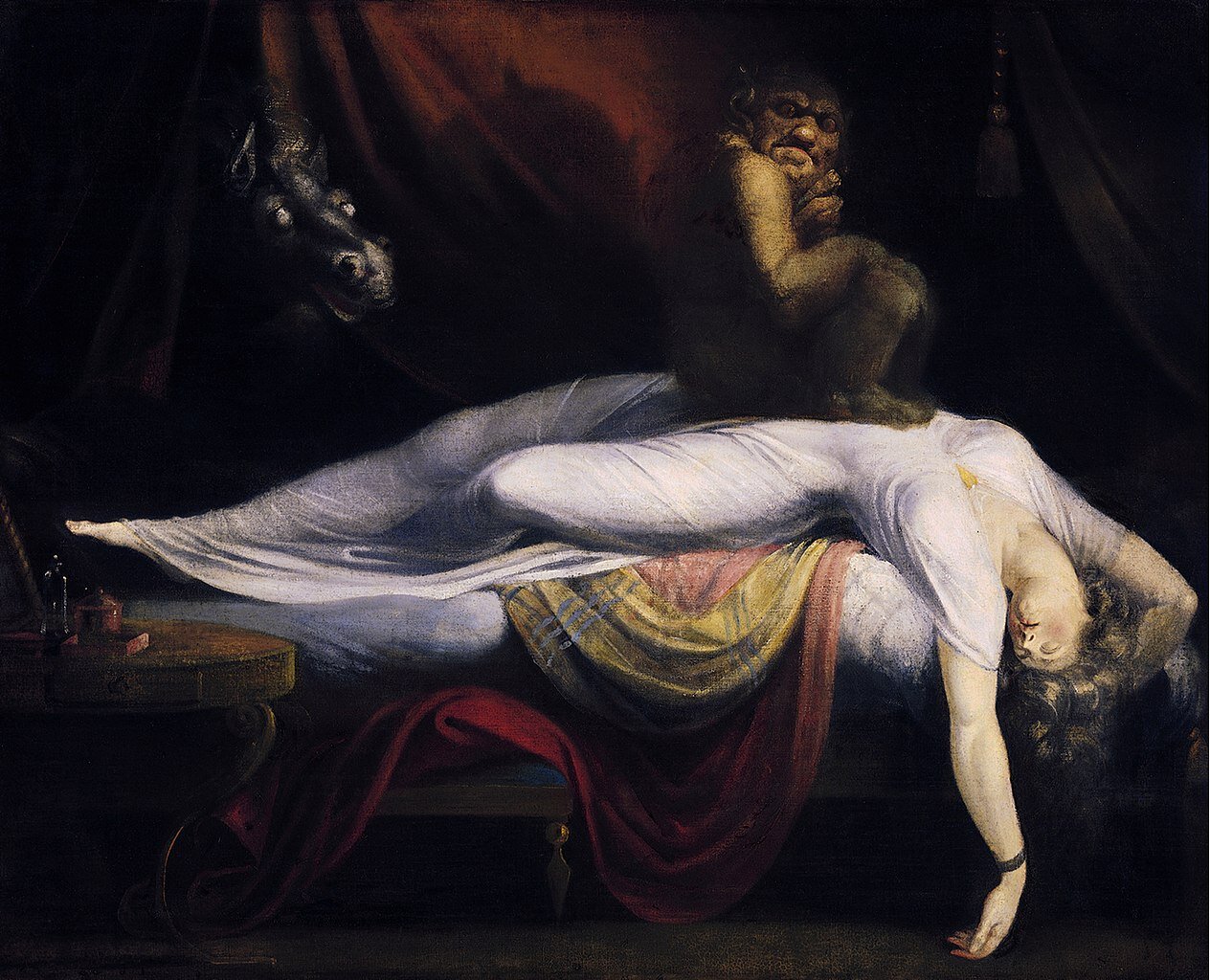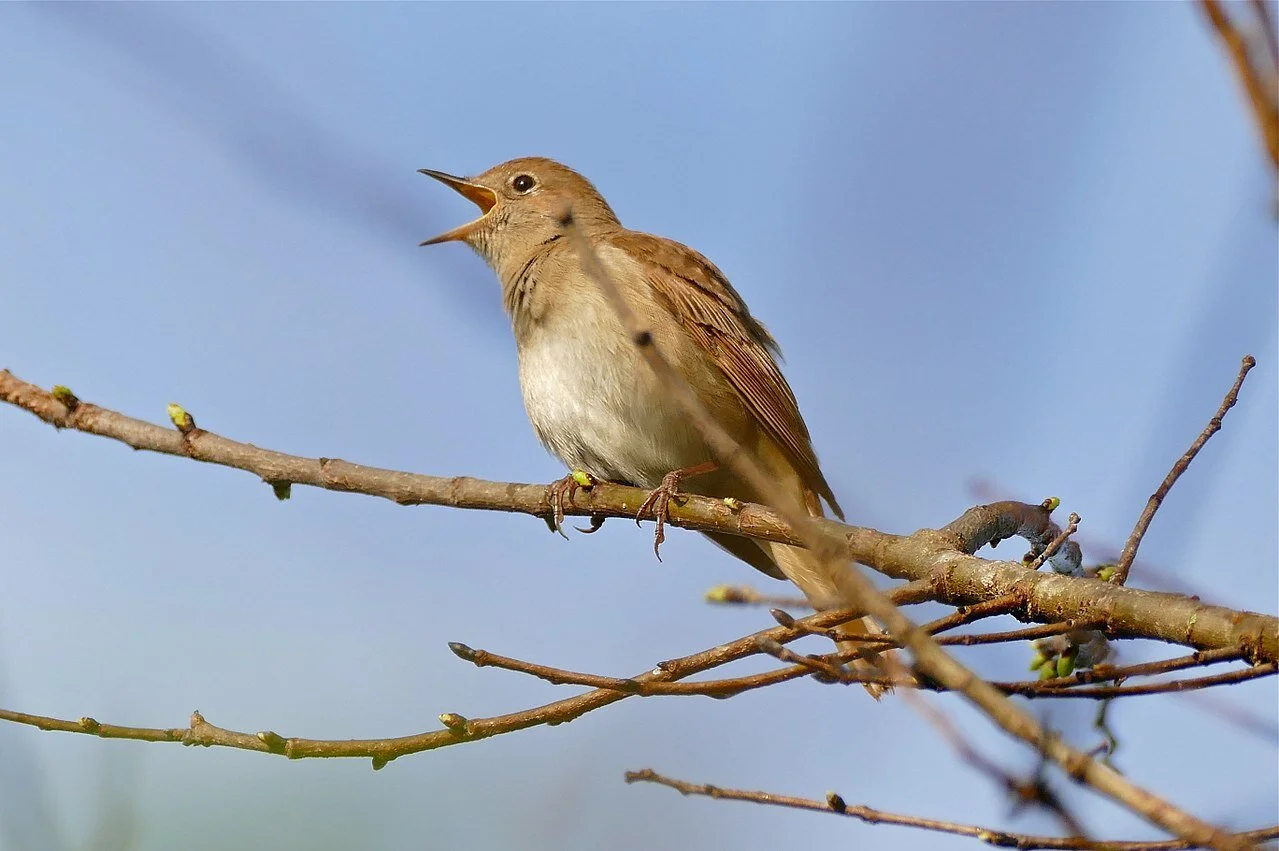21 June 2021
The Europeans who settled New Hampshire were not the first inhabitants of the land. Most of the indigenous people who lived in what is now New Hampshire were speakers of Abenaki, an Algonquian language, and they had their own names for land and places therein. Some of these toponyms survive in a modified form in their English names. For instance, the name of the Merrimack River is from the Abenaki molô (deep) + demak (water). Other indigenous names in the state have been erased and replaced by English ones. For instance, the White Mountains, which dominate the state, have the Abenaki name ôgawakwajoak (shady mountains), and Mount Washington, the highest point on the U.S. eastern seaboard, is known as gôdagwajo (hidden mountain).
New Hampshire is, unsurprisingly, named after the English county of Hampshire. That name, which dates to the ninth century, comes from the Old English Hamtunscir, hamm (estate, home) + tun (enclosure, town) + scir (shire, administrative district. The English name appears in the Peterborough Chronicle for the year 860 C.E.:
AN.dccclx.Her Æðelbald cining forðferde, & his lic lið æt Scireburnan, & feng Æðelbriht to eallum þam rice his broðor. & on his dæge com mycel sciphere up & abræcon Wintanceastre, & wið þone here fuhton Osrice aldorman mid Hamtunescire & Æðelwulf ealdorman mid Barrucscire, & þone here geflymdon & wælstowe geweald ahton. & se Æðelbriht rixade .v. gear, & his lic liðæt Scirburnan.
(Year 860. In this year King Æðelbald died & his body lies at Sherborne & and Æðelbriht received all that kingdom of his brother & in his day a great fleet came up and razed Winchester & against that army fought Alderman Osric with [the men of] Hampshire & Alderman Æðelwulf with [the men of] Berkshire, and put that army to flight and held sway over the battlefield & Æðelbriht ruled for five years and his body lies at Sherborne.)
John Mason, the first proprietor of the English colony and later U.S. state, gave it the name New Hampshire, after the English county. On 7 November 1629, Mason was granted a patent for the land that constitutes what is now southern New Hampshire by the joint-stock company the Council for New England:
Now this Indenture witnesseth that the said President and Council, of their free and mutual consent, as well to the end, that all their lands, woods, lakes, rivers, waters, islands and fishings, with all the traffic, profits and commodities whatsoever, to them or any of them belonging, and hereafter in these presents mentioned, may be wholly and entirely invested, appropriated, served and settled in and upon the said Captain John Mason, his heirs and assigns for ever, as for divers special services for the advancement of the said plantation, and other good and sufficient causes and considerations, them especially, thereunto moving, have given, granted, bargained, sold, assigned, aliened, set over, enfeoffed and confirmed, and by those presents do give, grant, bargain, sell, assign, aliene, set over, enfeoff and confirm unto the said Captain John Mason, his heirs and assigns, all that part of the mainland in New-England lying upon the seacoast, beginning from the middle part of Merrimack river, and from thence to proceed northwards along the sea-coast to Pascataqua river [...] and by the said letters patents, the same are amongst other things granted to the said President and Council aforesaid; except two fifths of the ore of gold and silver in these presents hereafter expressed, which said portions of lands, with the appurtenances, the said Capt. John Mason, with the consent of the President and Council, intends to name NEW-HAMPSHIRE.
(The elided portion of this passage contains a lengthy description of the metes and bounds of the territory.)
Sources:
Bright, William. Native American Placenames of the United States. Norman: U of Oklahoma Press, 2004, 279, s.v. Merrimac.
Day, Gordon M. Western Abenaki Dictionary, vol. 1 of 2. Mercury Series Canadian Ethnology Service Paper 128. Hull, Quebec: Canadian Museum of Civilization, 1994, 218, 420. HathiTrust Digital Archive.
Dictionary of Old English: A to I, 2018, s.v. ham, n.
Everett-Heath, John. Concise Oxford Dictionary of World Place Names, sixth ed. Oxford: Oxford UP, 2020. Oxfordreference.com.
“Grant of New-Hampshire to John Mason, by the Council of Plymouth” (7 November 1629). Provincial and State Papers: Documents and Records Relating to the Province of New-Hampshire, vol. 1 of 10. State Papers Series. Concord, New Hampshire: George E. Jenks, 1867, 22–24.
Irvine, Susan, ed. The Anglo-Saxon Chronicle: A Collaborative Edition 7 MS E, vol. 7 of 7. Cambridge: D. S. Brewer, 2004, 71, 115. JSTOR. Oxford, Bodleian Library, MS. Laud Misc. 636.
Mills, A. D. A Dictionary of British Place Names, revised ed. Oxford: Oxford UP, 2011. Oxfordreference.com.
Image credit: Oxford, Bodleian Library, MS. Laud Misc. 636, fol. 29v. Used under a Creative Commons Attribution-NonCommercial 4.0 International (CC BY-NC 4.0) license.







